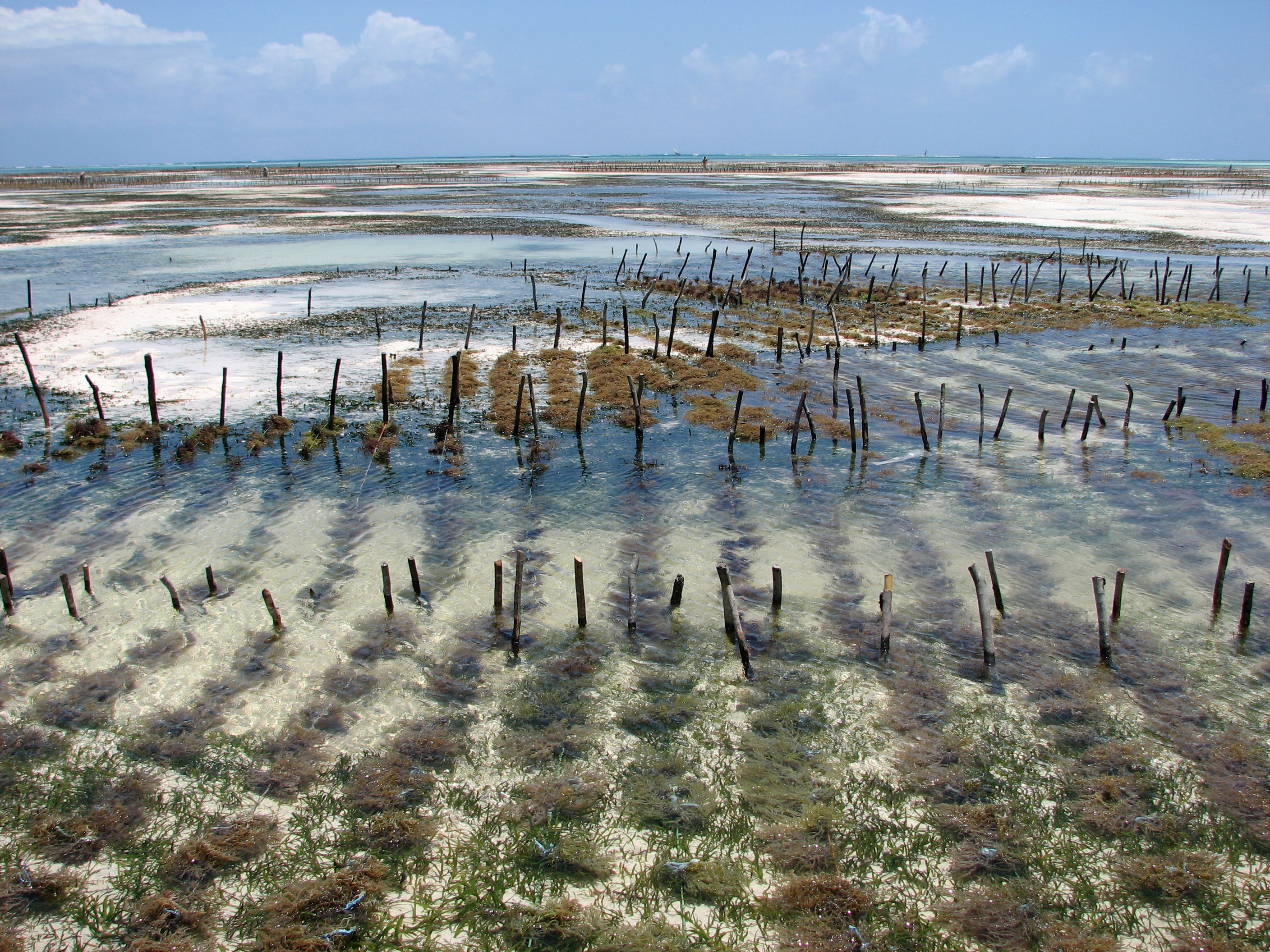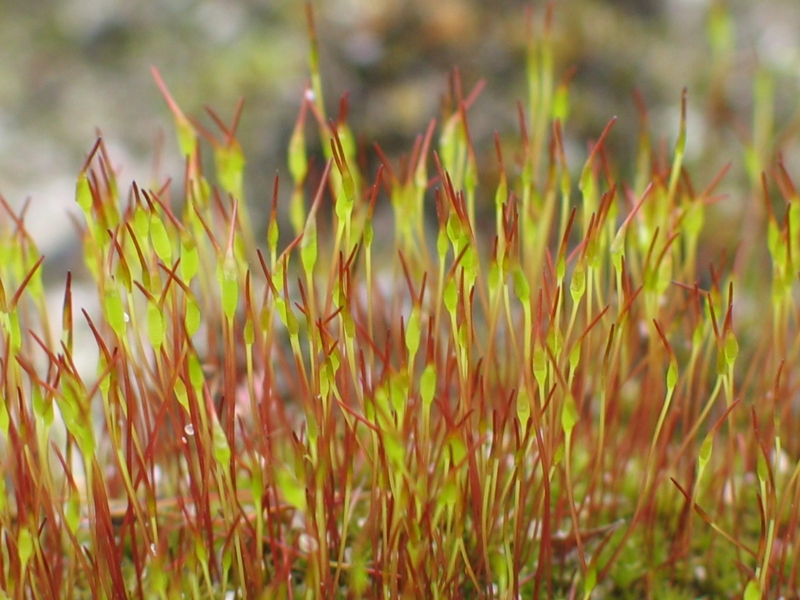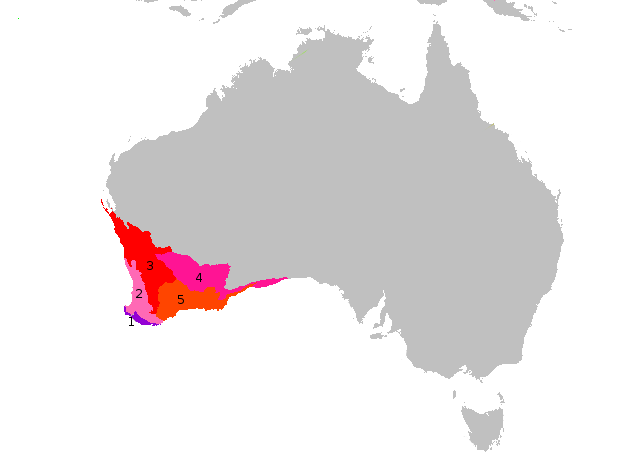|
Gusô
''Eucheuma'', commonly known as sea moss or gusô (), is a rhodophyte seaweed that may vary in color (purple, brown, and green). ''Eucheuma'' species are used in the production of carrageenan, an ingredient for cosmetics, food processing, and industrial manufacturing, as well as a food source for people in the Philippines, Caribbean and parts of Indonesia and Malaysia. ''Eucheuma cottonii'' – which grows in the Caribbean and cultivated in the Philippines – is the particular species known as gusô. Other species include ''Betaphycus gelatinae'', ''Eucheuma denticulatum'', and several species of the genus ''Kappaphycus'', including ''K. alvarezii''. Since the mid-1970s, ''Kappaphycus'' and ''Eucheuma'' have been a major source for the expansion of the carrageenan industry. Commercial seaweed farming of gusô (as well as ''Kappaphycus'') was pioneered in the Philippines. Though commercially significant, species of ''Eucheuma'' are difficult to identify without the aid of close s ... [...More Info...] [...Related Items...] OR: [Wikipedia] [Google] [Baidu] |
Seaweed
Seaweed, or macroalgae, refers to thousands of species of macroscopic, multicellular, marine algae. The term includes some types of ''Rhodophyta'' (red), '' Phaeophyta'' (brown) and ''Chlorophyta'' (green) macroalgae. Seaweed species such as kelps provide essential nursery habitat for fisheries and other marine species and thus protect food sources; other species, such as planktonic algae, play a vital role in capturing carbon and producing at least 50% of Earth's oxygen. Natural seaweed ecosystems are sometimes under threat from human activity. For example, mechanical dredging of kelp destroys the resource and dependent fisheries. Other forces also threaten some seaweed ecosystems; for example, a wasting disease in predators of purple urchins has led to an urchin population surge which has destroyed large kelp forest regions off the coast of California. Humans have a long history of cultivating seaweeds for their uses. In recent years, seaweed farming has become a global ... [...More Info...] [...Related Items...] OR: [Wikipedia] [Google] [Baidu] |
Visayan Peoples
Visayans (Cebuano language, Cebuano: ''mga Bisayà'' ) are a Ethnic groups in the Philippines, Philippine ethnolinguistic family group or metaethnicity native to the Visayas, to the southernmost islands south of Luzon, and to a significant portion of Mindanao. They are composed of numerous distinct ethnic groups. When taken as a single group, they number around 33.5 million. The Visayans, like the Luzon Lowlanders (Tagalogs, Bicolanos, Ilocanos, etc.) were originally predominantly Philippine mythology, animist-polytheists and broadly share a maritime culture until the 16th century when the Spanish Empire enforced Catholic Church in the Philippines, Catholicism as the state religion. In more inland or otherwise secluded areas, ancient animistic-polytheistic beliefs and traditions either were Folk Catholicism, reinterpreted within a Roman Catholic Dogma in the Catholic Church, framework or syncretized with the new religion. Visayans are generally speakers of one or more of the dis ... [...More Info...] [...Related Items...] OR: [Wikipedia] [Google] [Baidu] |
Sporophyte
A sporophyte () is one of the two alternation of generations, alternating multicellular organism, multicellular phases in the biological life cycle, life cycles of plants and algae. It is a diploid multicellular organism which produces asexual Spore, spores. This stage Alternation of generations, alternates with a multicellular haploid gametophyte phase. Life cycle The sporophyte develops from the zygote produced when a haploid egg cell is fertilized by a haploid sperm and each sporophyte cell therefore has a double set of chromosomes, one set from each parent. All Embryophyta, land plants, and most multicellular algae, have life cycles in which a multicellular diploid sporophyte phase alternates with a multicellular haploid gametophyte phase. In the Spermatophyte, seed plants, the largest groups of which are the gymnosperms (bare seeds) and angiosperms (fruiting plants), the sporophyte phase is more prominent than the gametophyte, and is the familiar green plant with its roots, ... [...More Info...] [...Related Items...] OR: [Wikipedia] [Google] [Baidu] |
Carposporophyte
{{Short pages monitor ... [...More Info...] [...Related Items...] OR: [Wikipedia] [Google] [Baidu] |
Dioecious
Dioecy ( ; ; adj. dioecious, ) is a characteristic of certain species that have distinct unisexual individuals, each producing either male or female gametes, either directly (in animals) or indirectly (in seed plants). Dioecious reproduction is biparental reproduction. Dioecy has costs, since only the female part of the population directly produces offspring. It is one method for excluding self-fertilization and promoting allogamy (outcrossing), and thus tends to reduce the expression of recessive deleterious mutations present in a population. Plants have several other methods of preventing self-fertilization including, for example, dichogamy, herkogamy, and self-incompatibility. In zoology In zoology, dioecy means that an animal is either male or female, in which case the synonym gonochory is more often used. Most animal species are gonochoric, almost all vertebrate species are gonochoric, and all bird and mammal species are gonochoric. Dioecy may also describe colonies ... [...More Info...] [...Related Items...] OR: [Wikipedia] [Google] [Baidu] |
Gametophyte
A gametophyte () is one of the two alternating multicellular phases in the life cycles of plants and algae. It is a haploid multicellular organism that develops from a haploid spore that has one set of chromosomes. The gametophyte is the sexual phase in the life cycle of plants and algae. It develops sex organs that produce gametes, haploid sex cells that participate in fertilization to form a diploid zygote which has a double set of chromosomes. Cell division of the zygote results in a new diploid multicellular organism, the second stage in the life cycle known as the sporophyte. The sporophyte can produce haploid spores by meiosis that on germination produce a new generation of gametophytes. Algae In some multicellular green algae ('' Ulva lactuca'' is one example), red algae and brown algae, sporophytes and gametophytes may be externally indistinguishable (isomorphic). In ''Ulva'', the gametes are isogamous, all of one size, shape and general morphology. Land plant ... [...More Info...] [...Related Items...] OR: [Wikipedia] [Google] [Baidu] |
Meristem
In cell biology, the meristem is a structure composed of specialized tissue found in plants, consisting of stem cells, known as meristematic cells, which are undifferentiated cells capable of continuous cellular division. These meristematic cells play a fundamental role in plant growth, regeneration, and acclimatization, as they serve as the source of all differentiated plant tissues and organs. They contribute to the formation of structures such as fruits, leaves, and seeds, as well as supportive tissues like stems and roots. Meristematic cells are totipotent, meaning they have the ability to differentiate into any plant cell type. As they divide, they generate new cells, some of which remain meristematic cells while others differentiate into specialized cells that typically lose the ability to divide or produce new cell types. Due to their active division and undifferentiated nature, meristematic cells form the foundation for the formation of new plant organs and the c ... [...More Info...] [...Related Items...] OR: [Wikipedia] [Google] [Baidu] |
Harvesting Seaweed In Jambiani
Harvesting is the process of collecting plants, animals, or fish (as well as fungi) as food, especially the process of gathering mature crops, and "the harvest" also refers to the collected crops. Reaping is the cutting of grain or pulses for harvest, typically using a scythe, sickle, or reaper. On smaller farms with minimal mechanization, harvesting is the most labor-intensive activity of the growing season. On large mechanized farms, harvesting uses farm machinery, such as the combine harvester. Automation has increased the efficiency of both the seeding and harvesting processes. Specialized harvesting equipment, using conveyor belts for gentle gripping and mass transport, replaces the manual task of removing each seedling by hand. The term "harvesting" in general usage may include immediate postharvest handling, including cleaning, sorting, packing, and cooling. The completion of harvesting marks the end of the growing season, or the growing cycle for a particular crop, and ... [...More Info...] [...Related Items...] OR: [Wikipedia] [Google] [Baidu] |
Southwestern Australia
Southwest Australia is a biogeographic region in Western Australia. It includes the Mediterranean-climate area of southwestern Australia, which is home to a diverse and distinctive flora and fauna. The region is also known as the Southwest Australia Global Diversity Hotspot. Geography The region includes the Mediterranean forests, woodlands, and scrub ecoregions of Western Australia. The region covers 356,717 km2, consisting of a broad coastal plain 20–120 kilometres wide, transitioning to gently undulating uplands made up of weathered granite, gneiss and laterite. Bluff Knoll in the Stirling Range is the highest peak in the region, at 1,099 metres (3,606 ft) elevation. Desert and xeric shrublands lie to the north and east across the centre of Australia, separating Southwest Australia from the other Mediterranean and humid-climate regions of the continent. Climate The region has a wet-winter, dry-summer Mediterranean climate, one of five such regions in the world. ... [...More Info...] [...Related Items...] OR: [Wikipedia] [Google] [Baidu] |
Lord Howe Island
Lord Howe Island (; formerly Lord Howe's Island) is an irregularly crescent-shaped volcanic remnant in the Tasman Sea between Australia and New Zealand, part of the Australian state of New South Wales. It lies directly east of mainland Port Macquarie, northeast of Sydney, and about southwest of Norfolk Island. It is about long and between wide with an area of , though just of that comprise the low-lying developed part of the island. The island is named after Richard Howe, 1st Earl Howe. Along the west coast is a sandy semi-enclosed sheltered coral reef lagoon. Most of the population lives in the north, while the south is dominated by forested hills rising to the highest point on the island, Mount Gower (). The Lord Howe Island Group comprises 28 islands, islets, and rocks. Apart from Lord Howe Island itself, the most notable of these is the volcanic and uninhabited Ball's Pyramid about to the southeast of Howe. To the north lies the Admiralty Group, a cluster of seven ... [...More Info...] [...Related Items...] OR: [Wikipedia] [Google] [Baidu] |
Southeast Asia
Southeast Asia is the geographical United Nations geoscheme for Asia#South-eastern Asia, southeastern region of Asia, consisting of the regions that are situated south of China, east of the Indian subcontinent, and northwest of the Mainland Australia, Australian mainland, which is part of Oceania. Southeast Asia is bordered to the north by East Asia, to the west by South Asia and the Bay of Bengal, to the east by Oceania and the Pacific Ocean, and to the south by Australia (continent), Australia and the Indian Ocean. Apart from the British Indian Ocean Territory and two out of Atolls of the Maldives, 26 atolls of the Maldives in South Asia, Maritime Southeast Asia is the only other subregion of Asia that lies partly within the Southern Hemisphere. Mainland Southeast Asia is entirely in the Northern Hemisphere. Timor-Leste and the southern portion of Indonesia are the parts of Southeast Asia that lie south of the equator. The region lies near the intersection of Plate tectonics, ... [...More Info...] [...Related Items...] OR: [Wikipedia] [Google] [Baidu] |








